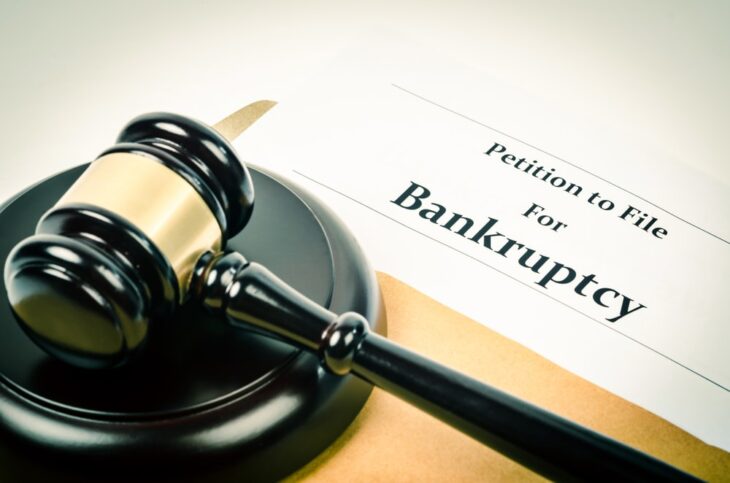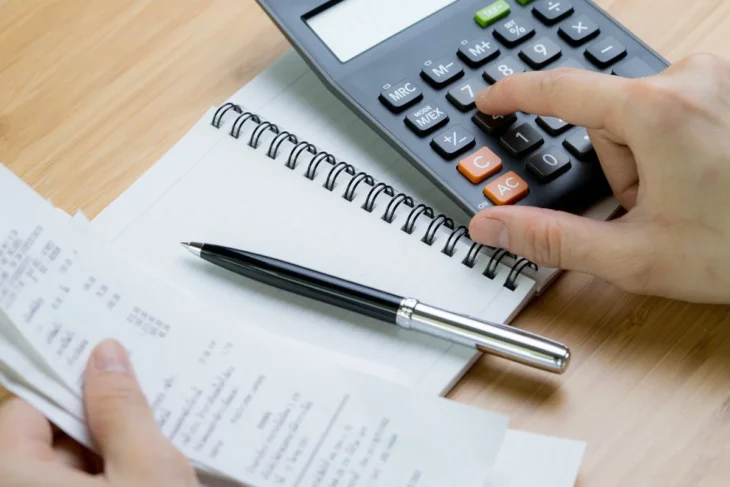Are you one of the millions of Americans who are drowning in debt? Does your entire paycheck go to making minimum debt payments? Are you fearful that you’ll never be in a position to stabilize your finances? Well, it’s time to get serious and explore all of your options.
Contents
5 Tips for Managing Serious Debt
If you look at the state of consumer debt in America, it’s not a pretty picture at the moment. Data curated by Shift Processing reveals that 80 percent of Americans have some form of consumer debt (a total of $14 trillion in collective debt). And while mortgage debt – which could be classified as “good debt” – is the largest category, there are plenty of other culprits to blame. This includes credit cards, student loans, car loans, medical bills, etc.
The average consumer debt is $38,000 after excluding mortgages, and 13 percent of Americans are so entrenched in debt that they expect to be in debt for the rest of their lives.

Source: moneyvests.com
While people aged 45 to 54 have the greatest average debt of all age groups, they also earn the most money on average. (And the bulk of their debt is tied up in their mortgages.) Thus, it’s Americans 35 and younger who are typically in the most dire situations. They have, on average, $67,400 of debt – the bulk of which is made up of student loans and credit card debt.
But here’s the deal: It doesn’t matter if you’re 25, 35, 55, or even 75 – if you’re drowning in serious debt, your quality of life is suffering as a result. The sooner you admit as much, the faster you can address the issue and get ahead.

Source: consolidatedcredit.org
Not sure where to start? Here are a few practical tips:
1. Put Everything in a Spreadsheet
The first step is to get organized. Grab a notebook or spreadsheet and neatly organize every single debt you have. This includes credit cards, individual medical bills, your mortgage, car payments, student loans – everything. Organize them in descending order from largest to smallest (including interest rates, minimum payments, total balances, etc.). The goal is to get everything in one place so that you can wrap your mind around it all.
2. Get on a Budget
Once you know precisely how much debt you have and what your monthly minimum payments are, it’s time to get on a budget. This is where you account for all of your monthly income and expenses (including debt). Go back through the last three or four months’ worth of expenses and see where you’re spending money. Organize by categories (and be honest). You’re simply reporting your expenses – not making any judgments at this point.
The key to a good budget is to account for everything. If you forget about a couple of expenses, it could put the entire budget out of whack. And when you’re unsure what a certain expense is likely to be, we recommend taking the average of the expense over the past three months. For example, if your water bill was $127, $73, and $97 over the past three months, you would just take the average of the three and create a line item of $99.
3. Eliminate All Non-Essential Expenses
Most people are shocked the first time they develop a budget and see what they’ve been spending their money on. The bad news is that you’ll become aware of everywhere you’re “bleeding” money. The good news is that you’ll find plenty of cash that can be reallocated for more constructive uses.
With your budget in hand, it’s time to eliminate all non-essential expenses. This includes eating out, shopping on Amazon, traveling, and going to the bar with friends. Make a commitment to eliminate 100 percent of non-essential expenses for the next 90 days. Every penny that you save will go toward attacking debt.
4. Attack Your Debt

Source: kiplinger.com
When it comes to paying down debt, there are several popular methods:
- The Debt Snowball Method: Rank it from smallest to largest and pay them off this way. (Disregarding interest rate.) The goal is to build momentum by eliminating smaller debts completely, before eventually working your way up to the large ones (which take time).
- The Avalanche Method: Disregard all balances and minimum payments. Rank debts by interest rate and pay down the ones with the highest rates first. This method is purely mathematical. Assuming you stay the course and follow through with the plan, it’ll save you more in interest. However, you have to possess a lot of self discipline!
- The Fireball Method: Hybrid strategy where you categorize all of them as either “good” or “bad.” Bad debts get listed from smallest to largest (based on outstanding balances). Once these are paid down, move onto the good debt.
The method you choose depends on many factors, including the size of your debt, personality, income, and priorities. Furthermore, finding a debt relief service near you can offer personalized guidance tailored to your local economic conditions and regulations. This can be crucial in finding the most effective and efficient strategy. For example, are you trying to lower the interest you pay? Are you looking for the fastest way to get out of debt? Are you simply trying to eliminate certain types of debt?
5. Consider Bankruptcy Options

Source: smallbizdaily.com
Sometimes debt is just too much to handle. Or in other cases, constraining factors like limited income or abnormally high debt make it impossible to claw your way out. In these situations, bankruptcy may be a viable option.
Click here to meet with a skilled bankruptcy attorney who can walk through your options. Both Chapter 7 and Chapter 13 bankruptcy exist to help consumers. And depending on your situation, they may allow you to get aggressive creditors off your back, stop foreclosure, prevent wage garnishment, and/or provide long-term relief.
It’s Time to Reclaim Your Life
Debt shouldn’t define you. Whether you have $5,000 or $150,000 in debt, there are steps you can take to stop drowning and finally get your head above water. Start by implementing some of the techniques highlighted above.
Then, as you build momentum, look for additional ways to slash spending, increase savings, and pull your way out. It won’t always be easy or fast, but it will produce positive long-term results.

